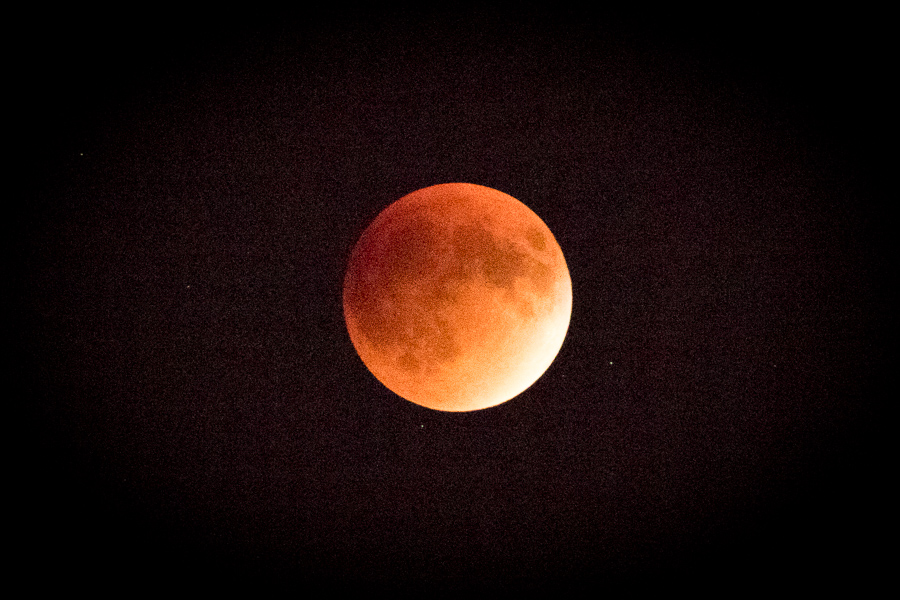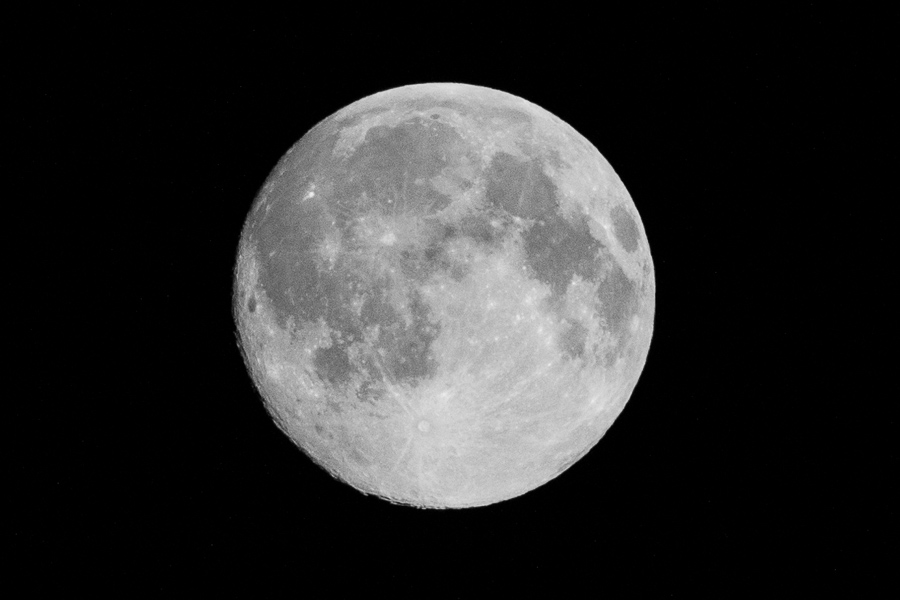The Firefly alumnus (and Joss Whedon favorite) and Nathan Fillion have released the first four episodes of a Web series that can't be entirely fictional:
I look forward to watching it.
Daily WTF editor Remy Porter has a (rare) rant up today about software development processes. I'd like all my project management friends to read it:
[L]et’s just say the actual truth: Process is important, and it doesn’t have to suck. And let’s add onto that: process is never a cure for a problem, but it might be a treatment.
Let’s be honest, managing developers is like herding cats, and you need to point them all in the same direction by giving them some sort of guidance and organizing principle. Processes are a way to scale up an organization, a way to build towards consistent results, and a way to simplify the daily job of your developers. With that in mind, I want to talk about development processes and how organizations can make process work for them, with the following guidelines.
It's a rant, to be sure, but a good one.
Given my priority on eating (and drinking) at Chicago Gourmet on Saturday, I didn't bring my real camera. I'm quite pleased with my phone, though. And the weather really was this gorgeous:

Local-news organization DNAinfo asked people to draw their neighborhood boundaries a while back. They now have results:
After getting thousands of drawings from DNAinfo readers, we wanted to show where there was broad agreement (and disagreement) about where each begins and ends.
On first glance, both Boystown and Wrigleyville residents make clear where they think their neighborhoods are.
The core of Wrigleyville — appropriately around Wrigley Field — is between Grace, Racine, Sheffield and Newport, readers say.
Boystown's core is Halsted, Addison, Broadway and Belmont.
But look at both maps and you'll see how people in both neighborhoods are staking claim to the other's territory. A large number of readers think Boystown goes right up to Wrigley Field and several Wrigleyville residents think their neighborhood goes right up to Halsted.
I love stuff like this.
The weather in Chicago cleared up enough that we got a great view of the total lunar eclipse last night:

For comparison, here is the full moon when Earth doesn't get in the way:

Note that it's a lot harder to photograph the moon when it's eclipsed. The full moon reflects 9% of the light falling on it, or about half as much as a standard gray card or green grass. So when shooting the moon, the correct exposure is surprisingly fast: about 1/250 at f/5.6 at ISO 100. Shooting the eclipse last night, I used 1/10 at f/5.6 at ISO-25600. And a tripod.
OK, so, astronomers predicted tonight's lunar eclipse about 6,000 years ago, but it was still bloody cool. I'll have photos tomorrow. Meanwhile, I am happy the clouds over Chicago parted long enough that I could see one great rock cast a shadow on another. It happens every six months, I realize, but it won't be visible again in Chicago for many years.
Yesterday I ate a quantity of food that I think only Ribfest has ever surpassed, but it was spread out over six very sunny hours. Today I'm recovering. Probably more interesting blog entries and a photo or two tomorrow.
In the last 48 hours, I've upgraded my laptop and surface to Office 2016 and my phone to Android 5.0 and 5.1. Apparently T-Mobile wants to make sure the Lollipop update works before giving you all the bug fixes, which seems strange to me.
All four update events went swimmingly, except that one of my Outlook add-ins doesn't work anymore. Pity. I mean, it's not like Outlook 2016 was in previews for six months or anything...
New York Times science correspondent Carl Zimmer explains how Penicillium molds have given us yummy cheeses:
By comparing the genomes of different species of molds, Dr. Rodríguez de la Vega and his colleagues have reconstructed their history. On Thursday in the journal Current Biology, the scientists reported that cheese makers unwittingly have thrown their molds into evolutionary overdrive.
They haven’t simply gained new genetic mutations to help them grow better in cheese. Over the past few centuries, these molds also have picked up large chunks of DNA from other species in order to thrive in their new culinary habitat.
The first cheese makers had no idea that they were collecting particular species of mold. It wasn’t until the early 1900s that scientists discovered the identities. Only then did it become possible for industrial cheese makers to select certain strains of mold grown in laboratories in order to produce cheese in factories.
The article has photos of blue and Camembert cheeses at the top, and I am now craving some. When's lunch?
First, Bruce Schneier warns about living in a Code Yellow world:
The psychological term for this is hypervigilance. Hypervigilance in the face of imagined danger causes stress and anxiety. This, in turn, alters how your hippocampus functions, and causes an excess of cortisol in your body. Now cortisol is great in small and infrequent doses, and helps you run away from tigers. But it destroys your brain and body if you marinate in it for extended periods of time.
Most of us...are complete amateurs at knowing the difference between something benign and something that's actually dangerous. Combine this with the rarity of attacks, and you end up with an overwhelming number of false alarms. This is the ultimate problem with programs like "see something, say something." They waste an enormous amount of time and money.
You also need to see these satellite photos.
And I need to do more work.